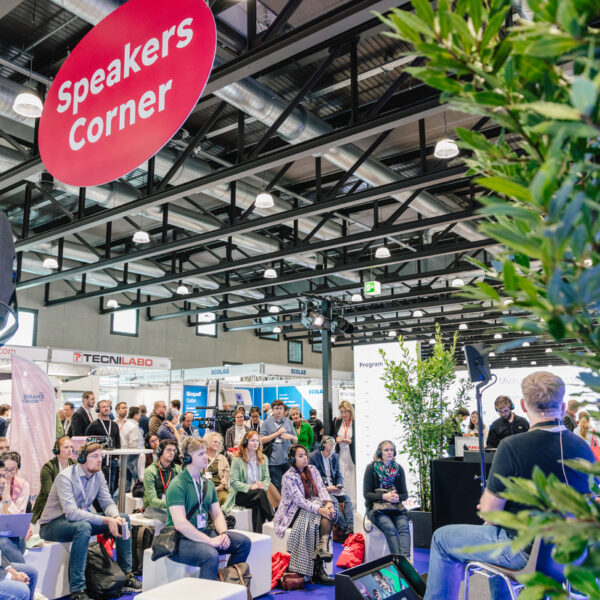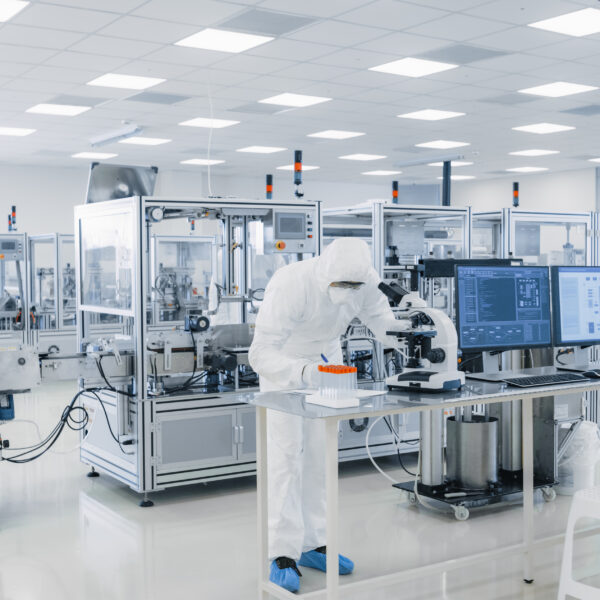Volatility and changes in the flow of goods

Topics that concern pharmaceutical logistics – today and in the future
A contribution by Gian Alessi, CEO of Lamprecht Pharma and advisor to the Pharma Logistics Days at the Ilmac industry event in Basel 2023.
Logistics service providers have faced major challenges over the past three years and have had to regularly adapt to changing requirements and framework conditions. Some developments were foreseeable, while others hit the industry with little to no warning: from a sudden decreased capacity in air freight, to extremely elevated prices in sea freight, a shortage of skilled workers, volatile production volumes, and frequent shifts in planning due to a lack of supplies and raw materials. More than ever, resilience was the core trait required in everyday activities – but even before that, the logistics industry was known for its flexibility.

Individual packaging solutions and new, more flexible transport methods for personalised medicine
Instead of transporting single larger shipments, in future there will be several and smaller shipments being made, which will then no longer just be transported to a distribution centre or pharmacy, but rather delivered directly to the patient’s home. Not to be disregarded is that these shipments must also meet the standards and official requirements (e.g., GDP). Accordingly, the importance of individual packaging solutions and new, more flexible transport methods is increasing. Logistics service providers are moving in an unprecedented direction, whereby transparency and traceability continue to play an important role. In order for personalized medicine to develop on a stronger footing, the availability of patient data from studies and hospitals is a major issue, which has now been positioned at national political level in Bern.
Increased demands on storage capacities take time
Another issue that the industry wasn’t able to prepare itself for is storage capacity requirements. While capacities generally have decreased over the past ten years, today, due to the volatile availability of raw materials and components, which generally also includes the manufacture of finished products, there is a renewed desire for our company to increase storage capacity and thus prevent bottlenecks.
Some of these capacities have to be built up first, taking into account the product requirements (e.g., cooling). Manufacturers will at the same time more closely address the topics of “nearshoring” and “dual sourcing” in order to stabilise the supply chain as a whole.
You can find out more about current trends, topics and developments directly from the experts at the Pharma Logistics Days (PLD).





